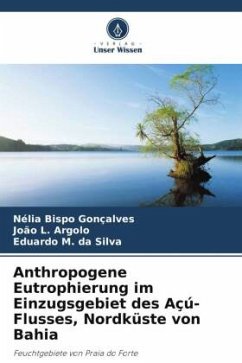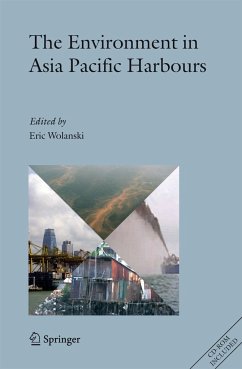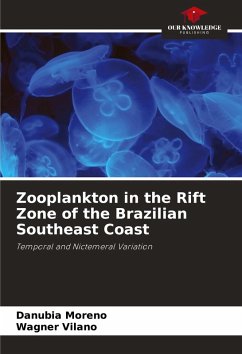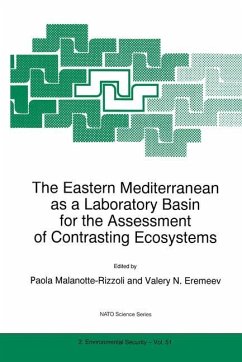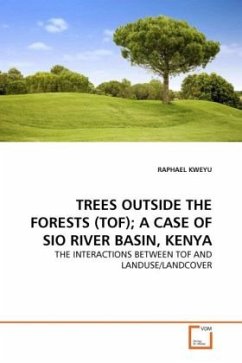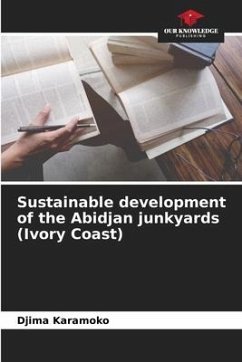
Anthropogenic eutrophication in the Açú River basin, North Coast of Bahia
Wetlands of Praia do Forte
Versandkostenfrei!
Versandfertig in 6-10 Tagen
24,99 €
inkl. MwSt.

PAYBACK Punkte
12 °P sammeln!
Wetlands are fragile ecosystems of great importance for biodiversity, nutrient cycling, flood control, sediment and nutrient retention, water purification and more. They have three clear characteristics: water level variation over a gradient of time, anoxic soils and vegetation typical of waterlogged environments. As these areas were considered unhealthy and difficult to access, they remained untouched for some time. The book describes the changes caused by anthropic actions in the areas flooded by the Açu River, in the municipality of Mata de São João, on the north coast of Bahia, where se...
Wetlands are fragile ecosystems of great importance for biodiversity, nutrient cycling, flood control, sediment and nutrient retention, water purification and more. They have three clear characteristics: water level variation over a gradient of time, anoxic soils and vegetation typical of waterlogged environments. As these areas were considered unhealthy and difficult to access, they remained untouched for some time. The book describes the changes caused by anthropic actions in the areas flooded by the Açu River, in the municipality of Mata de São João, on the north coast of Bahia, where several hotel developments have been built. The study highlights the Timeantube lagoon, which resulted from the damming of the Açu River, a project intended to drain areas destined for hotel developments. Although the results of the physical-chemical analyses showed low concentrations of nutrients, it cannot be said that the area is not undergoing a process of eutrophication, highlighting the significant presence of aquatic macrophytes, which absorb large quantities of nitrogen and phosphorus in their biomass, reducing the concentrations of these nutrients.



